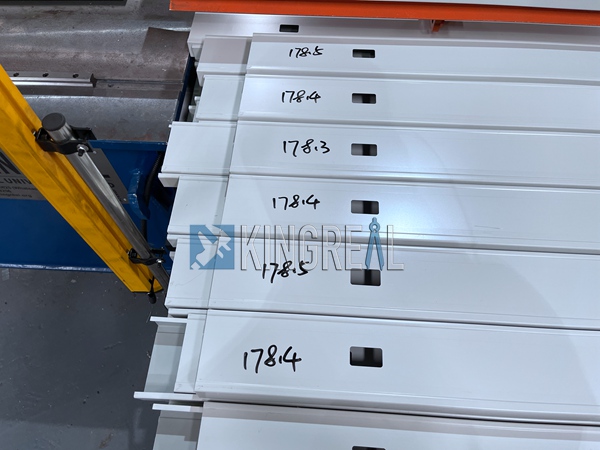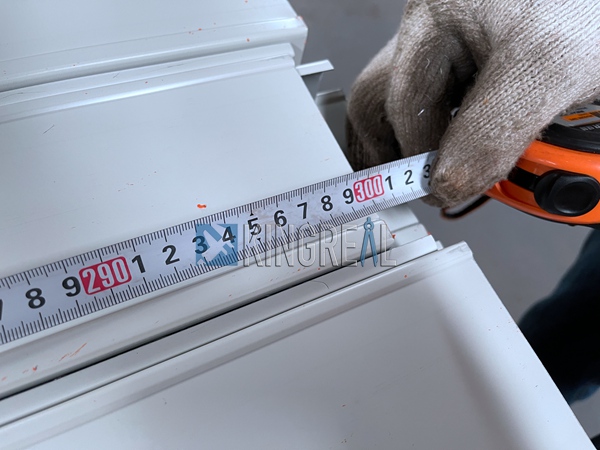How to choose a drywall stud and track?
The drywall stud and track is the wonderful choice of many home decoration. Do you know the common size of stud and track?
The thickness of drywall stud and track varies from 0.4mm-0.2mm. Under normal circumstances, most people will choose drywall stud and track when using paper gypsum ceiling.

There are two kinds of galvanizing of keel, one is hot-dip galvanizing and the other is cold-galvanizing.
The price of hot-dip galvanizing is high, and the price of cold-dip galvanizing is low. The ceiling keel is composed of bearing keel (main keel), covering keel (auxiliary keel) and various accessories.
Divided into D38 (UC38), D50 (UC50) and D60 (UC60) three series.
1. D38 is used for the hanging point spacing of 900-1200 mm, which can not be used for people‘s suspended ceilings.
2. D50 is used for ceilings with hanging point spacing of 900-1200 mm.
3. D60 is used for the suspended ceiling with a height of 1500 mm between the hanging points.
4. U50, U60 are covered keels, which are used in conjunction with bearing keels.
The wall keel is composed of horizontal keel, vertical keel and horizontal strut keel and various accessories. There are four series of Q50 (C50), Q75 (C75), Q100 (C100) and Q150 (C150).

Quality issues that should be noted:
1. Wall shrinkage and deformation and board surface cracks:
The reason is that the vertical profile tightly tops the upper and lower profile, leaving no expansion and contraction, and the wall longer than 2m has no deformation control joints, resulting in deformation of the wall. There should be a 3mm gap around the partition wall, which can reduce deformation and cracks caused by the influence of temperature and humidity.
2. The connection of the light steel skeleton is not firm, the reason is that the local nodes do not meet the structural requirements, and the local nodes should be handled in strict accordance with the regulations during installation. The nailing spacing, location and connection method should meet the design requirements.
3. The uneven wall cover panel is mostly caused by two reason: one is the lateral dislocation of the ceiling profile installation, and the other is the inconsistent thickness of the gypsum board.
Uneven opening and concave joints: it is not easy to grasp the size of the plasterboard on the paper surface; during construction, pay attention to the size of the plates to ensure that the plastering between the boards is consistent.














